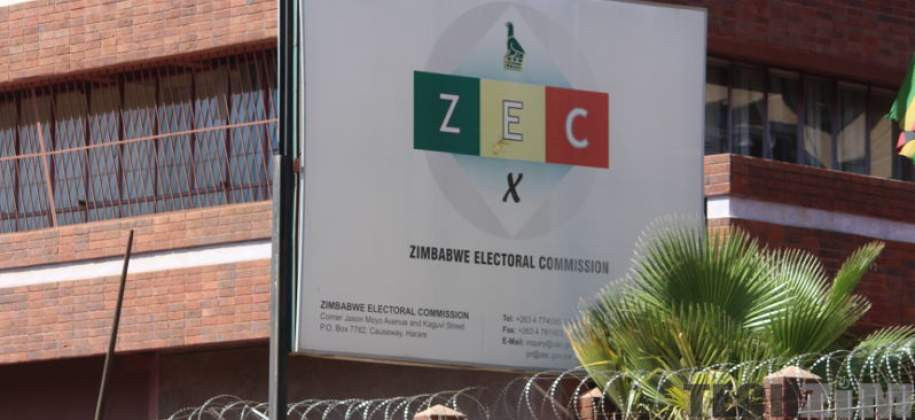
THE Victoria Falls Stock Exchange (VFEX) was established in 2020 as a subsidiary of the Zimbabwe Stock Exchange (ZSE) with the aim of attracting offshore investors and boosting foreign currency liquidity in the country.
However, the bourse has failed to gain traction since its inception, mainly due to one key factor, which is the unavailability of United States dollars (US$), resulting in curtailed activity and demand.
Since the beginning of the year, the VFEX has experienced a loss of -25% owing to various factors, including repricing of stocks migrating from the Zimbabwe dollar (ZW$) based Zimbabwe Stock Exchange (ZSE), as well as US dollars liquidity challenges.
Previously, Zimbabwe experienced a chronic shortage of US dollars, the preferred currency for international trade and for value preservation. This shortage led to a thriving black market, where the exchange rate was inflated compared to the official exchange rate, making it difficult for businesses to import essential goods and services.
Resultantly, the government had to introduce measures meant to curb inflation and the run-away exchange rate. These measures involved the mopping-up of excess Zimdollar liquidity to discourage spend.
Subsequently, the exchange rate stabilised, and, however, the use of the Zimdollars in the economy decline and the US dollar use sharply increased.
The improved exports, diaspora remittances and retention ratios meant improved supply of foreign currency in the economy. In the period from April to June 2023, ZSE listed companies have highlighted, in their trading updates, the increase in revenue currency mix in favour of US dollars.
This then goes to reflect the increase in circulation of US dollars in formal channels.
- Forex demand continues to fall
- Stop clinging to decaying state firms
- Piggy's Trading Investing Tips: De-risking mining projects
- Chance to buy 'undervalued' counters: FBC
Keep Reading
On the other hand, the increased use of the US dollar in the economy amid a declining use of the Zimdollars has had its effects on stock markets.
The US dollar denominated VFEX has recorded a positive trajectory over the past fortnight, growing by 3,4% and 0.9% in each week, respectively.
Meanwhile, the ZSE has been on a negative trajectory over the period, dipping -2,9% in the first week and a mild surge of 1,3% in the most recent week.
The improved money supply of foreign currency has had a significant impact on VFEX, driving up activity on the market. With more foreign currency available, traders are able to execute larger and more frequent transactions, driving up trading volumes on the exchange.
With the improved liquidity on the VFEX, foreign investors are more confident in their ability to repatriate their funds, reducing the risk associated with investing in Zimbabwe.
This development on the VFEX and the ZSE reflects the impact of macro-economic fundamentals on the stock markets.
The VFEX tends to offer stability to companies in terms of the reporting currency, and this enables companies to focus on improving micro fundamentals, which will adequately reflect on stock value.
The missing piece on the prospects of VFEX, therefore, is liquidity levels. Improved US dollar money supply will see the bourse skyrocket in the short to medium-term.
The impact of money supply has also been reflected on ZSE, which has reversed a US dollar year-to-date return of 112% as of mid-May to a loss of 8% currently.
The positive feedback loop created by the improved money supply of foreign currency on VFEX has created a virtuous cycle of growth prospects.
If the trajectory and sentiment are maintained, more companies will opt to list on the exchange, which subsequently attracts more investors and drive up demand.
- Duma is a financial analyst and accountant at Equity Axis, a leading media and financial research firm in Zimbabwe. — [email protected] or [email protected], Twitter: TWDuma_











